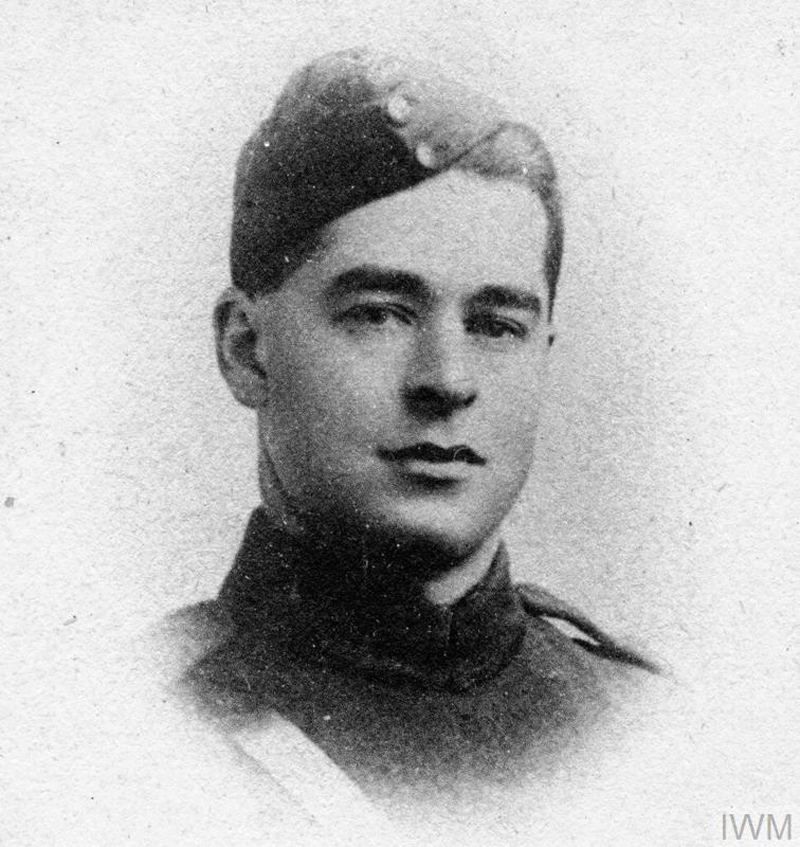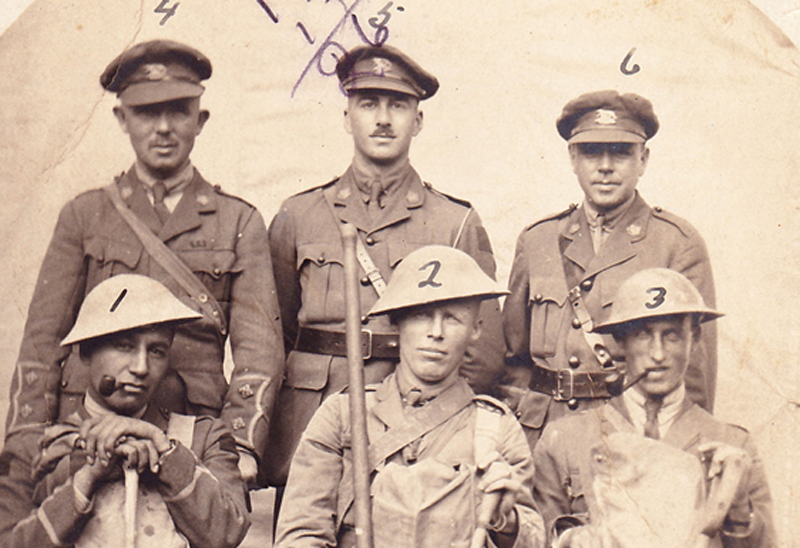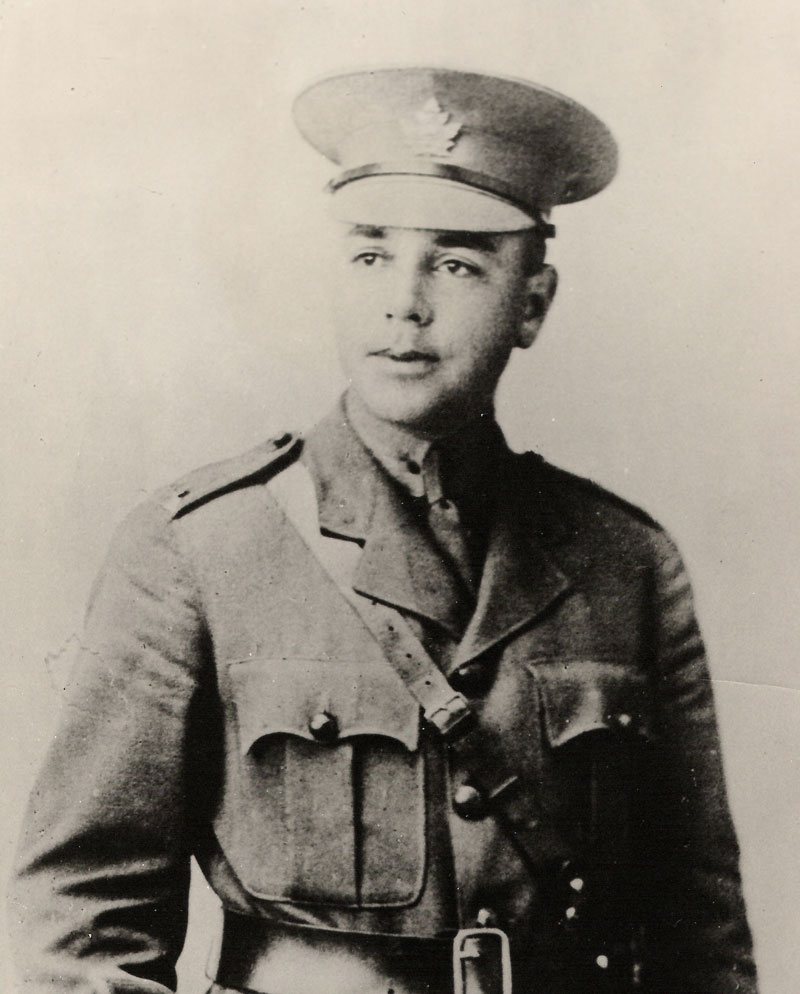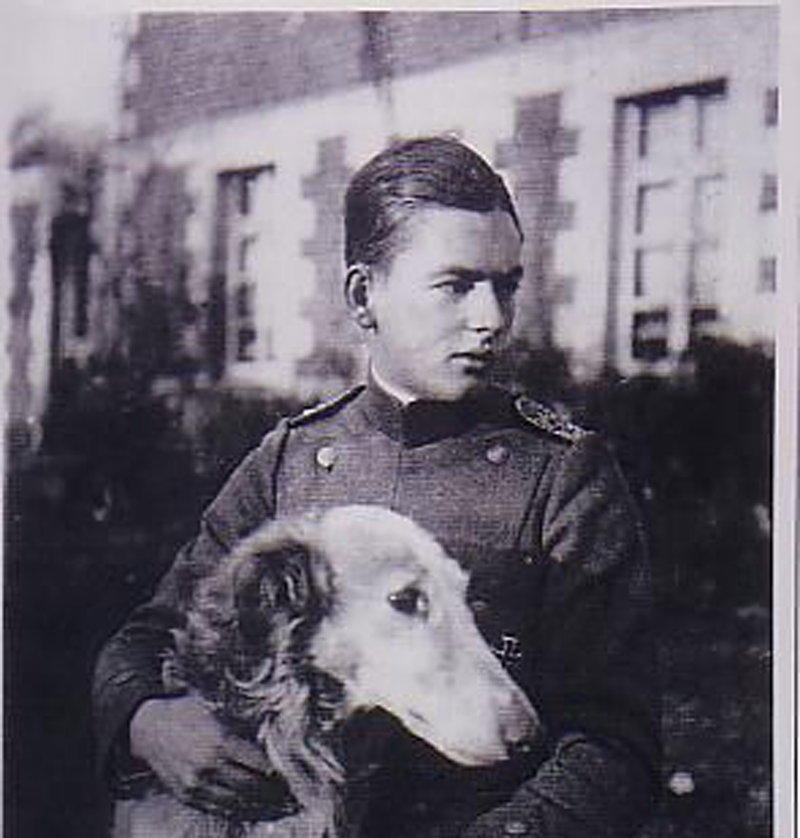Canada lost two Indigenous First World War airmen in early April 1918.
Lieutenant James David Moses, 26, was reported missing on April 1 with his pilot, South African Second Lieutenant Douglas Price Trollip, after their plane was shot down near Grévillers, France.

2nd Lt. Douglas Price Trollip who, along with Moses, was shot down by the Red Baron’s Flying Circus. [Imperial War Museums]
An infantry officer, he served with the 114th Battalion (Haldimand)— known also as Brock’s Rangers—and the 107th Timber Wolf (Winnipeg) Battalion. He fought on the Somme and Ypres Salient and in the Battle for Hill 70 near Lens, says an entry on the 57 & 630 Squadrons’ Association website, contributed by his great nephew, John Moses.
Moses was seconded to the Royal Flying Corps in September 1917 and trained as an air gunner and forward artillery observer in England.
In January 1918 he was sent to France where he served on bombing and reconnaissance missions with No. 57 Squadron, completing 13 bombing raids and 17 reconnaissance flights from January through March 1918.
“Our machine was pretty well shot up.”
“My pilot and I have had some very thrilling experiences just lately,” Moses wrote his final letter home on March 30, 1918, quoted in Aboriginal People in the Canadian Military.
“We bombed the German troops from a very low height and had the pleasure of shooting hundreds of rounds into dense masses of them with my machine gun. They simply scattered and tumbled in all directions. Needless to say we got it pretty hot and when we got back to the aerodrome found that our machine was pretty well shot up.”
Two days later, it was shot down by Leutnant Hans Joachim Wolff, a member of Manfred von Richthofen’s fighter wing, known as the Red Baron’s Flying Circus.
The bodies of Moses and Trollip were never recovered. Moses is listed on the Arras Flying Services Memorial.
Just a week later, Lt. John Randolph Stacey, 30, from Kahnawake, Que., was killed in a flying accident.

James David Moses (back row, right) in July 1916. [greatwaralbum.ca]
He left the ground with the aeroplane’s tail down; it had stalled.
Stacey had asked to take up a new Sopwith Dolphin scout the evening of April 8, according to a report on the inquest into his death in Elliott White Springs’ War Birds: The Diary of a Great War Pilot.
Witnesses said he left the ground with the aeroplane’s tail down; it had stalled. Stacey turned left, the nose of the craft went down and it side-slipped into the ground.
He was taken to hospital with a compound fracture of the right thigh and a concussion; he died soon afterwards.
“Of course airmen had to try new machines at some time or another, and the deceased’s superior officer thought he was fit to fly this particular machine,” said the coroner. “Clearly no blame can be attached to anybody and the fatality was one of those deplorable accidents which occur from time to time.”
Stacey is buried in Heston (St. Leonard) Cemetery in Middlesex, U.K.
Advertisement























